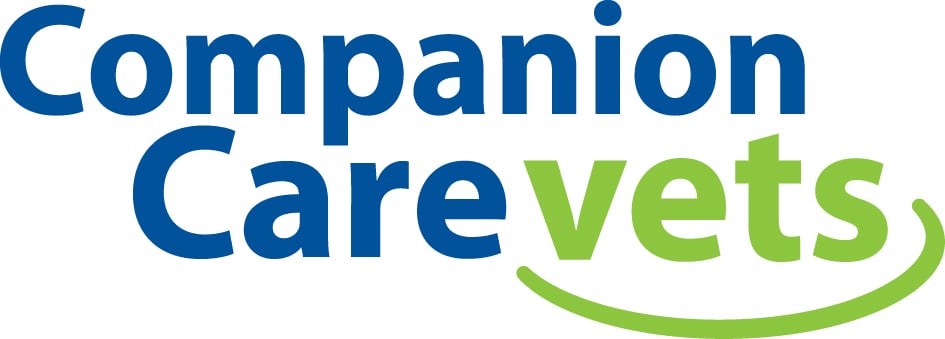
Platelet-Rich Plasma and Arthritis
Platelet-rich plasma, or PRP, is a relatively new method of helping support dogs with arthritis to lead more comfortable lives.
Arthritis is a really common problem in our older pets, and is due to joint degeneration as they age. A lot of research has gone into how we can make our arthritic pets more comfortable, as well as how we can slow the progression of this degenerative disease. Platelet-rich plasma, or PRP, is a relatively new method of helping support dogs with arthritis to lead more comfortable lives.
Important information
Plasma is the part of blood that the red blood cells float in and it’s full of lots of goodies, including platelets! Platelet-rich plasma (PRP) is collected by taking some blood from your pet, and removing most of the red and white blood cells and some spare plasma, leaving just platelet-dense plasma behind.
Platelets are primarily used for clotting, but also produce some of the growth factors required for healing and are important in the natural healing processes of the body.
PRP has been used widely in human and equine medicine, primarily to promote the healing of musculoskeletal injuries (for example tendon and ligament injuries), but it is now being used more frequently to help treat our smaller pets as well.
This platelet-rich plasma (PRP) contains lots of platelets - these platelets release factors that theoretically help repair damage in the joint in lower grades of arthritis and aim to support the joint before more chronic changes develop. This is especially important in helping repair damaged cartilage as damaged cartilage is seen in all cases of osteoarthritis.
Platelet-rich plasma (PRP) is extracted from a sample of your dog’s blood, and then given as a sterile joint injection into the affected joint. This gets the PRP right where it is needed, so the platelets have the best chance of supporting the joint. As every dog is different, some dogs only have a single injection, whereas others may have a course. This should be discussed with your vet.
There are many methods used to support dogs with arthritis. The joint injections, if used, should be given in combination with good management of the disease and all dogs should have regular checks to ensure that they are still comfortable and that the disease hasn’t progressed further. It is important to remember that PRP is no substitute for keeping your pet at a healthy weight, which is imperative for the maintenance of joint health.
Other techniques for controlling arthritis include:
- Pain relief
- Joint supplements
- Physiotherapy or hydrotherapy as appropriate
- Other joint injections
Your vet will be able to give you advice on the best management options for your dog, depending on how your dog is coping, a physical examination, and x-rays if required.
1

2

3

4

